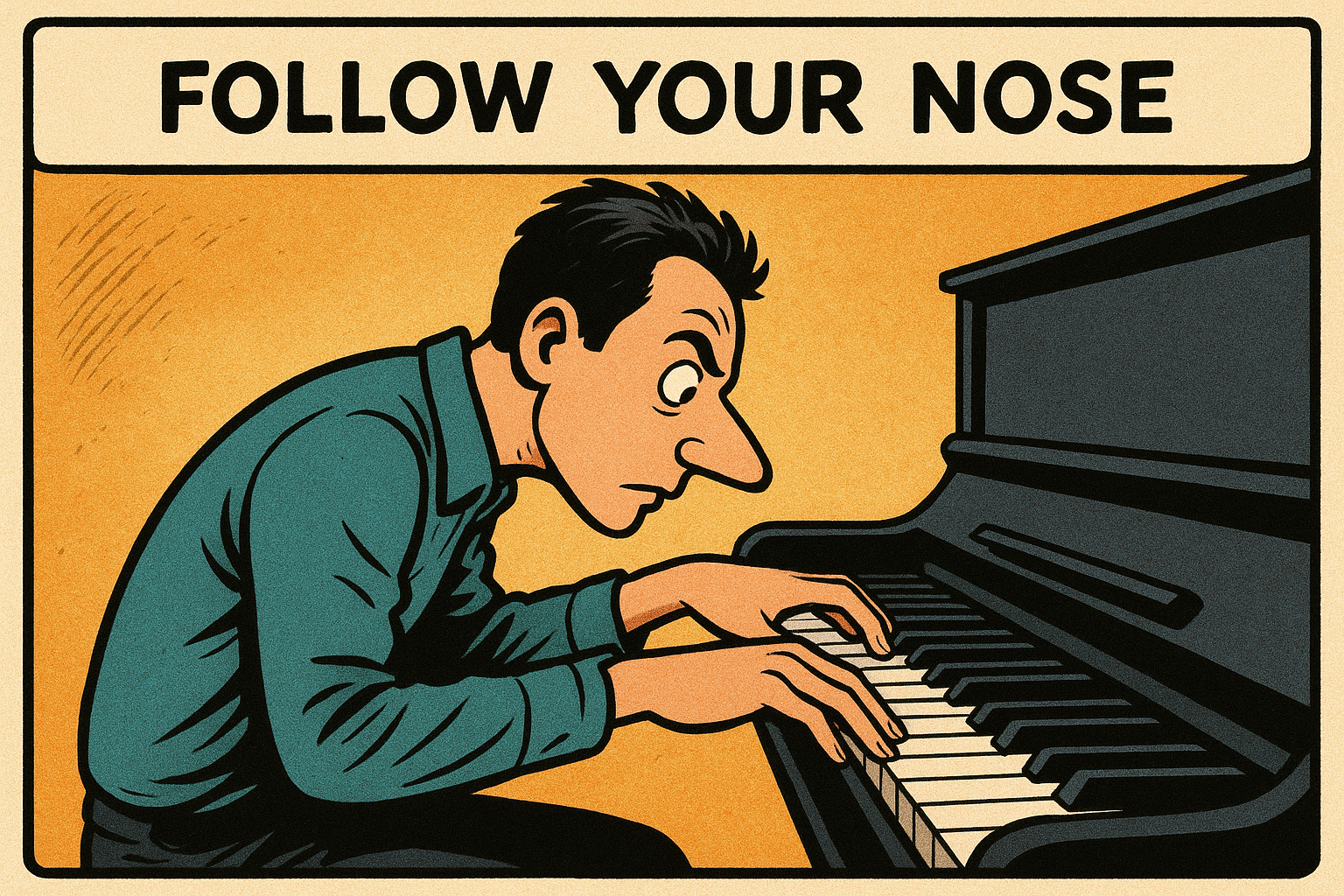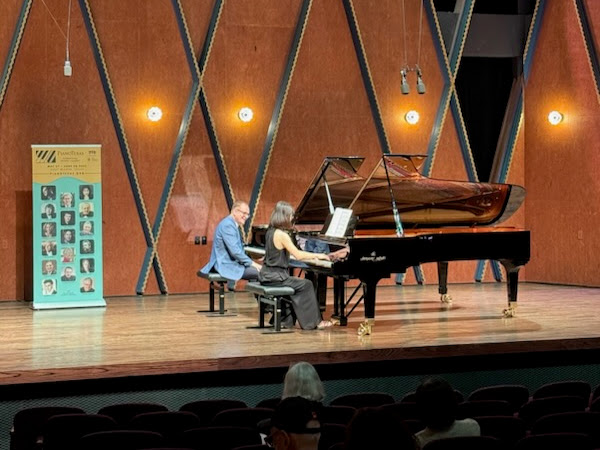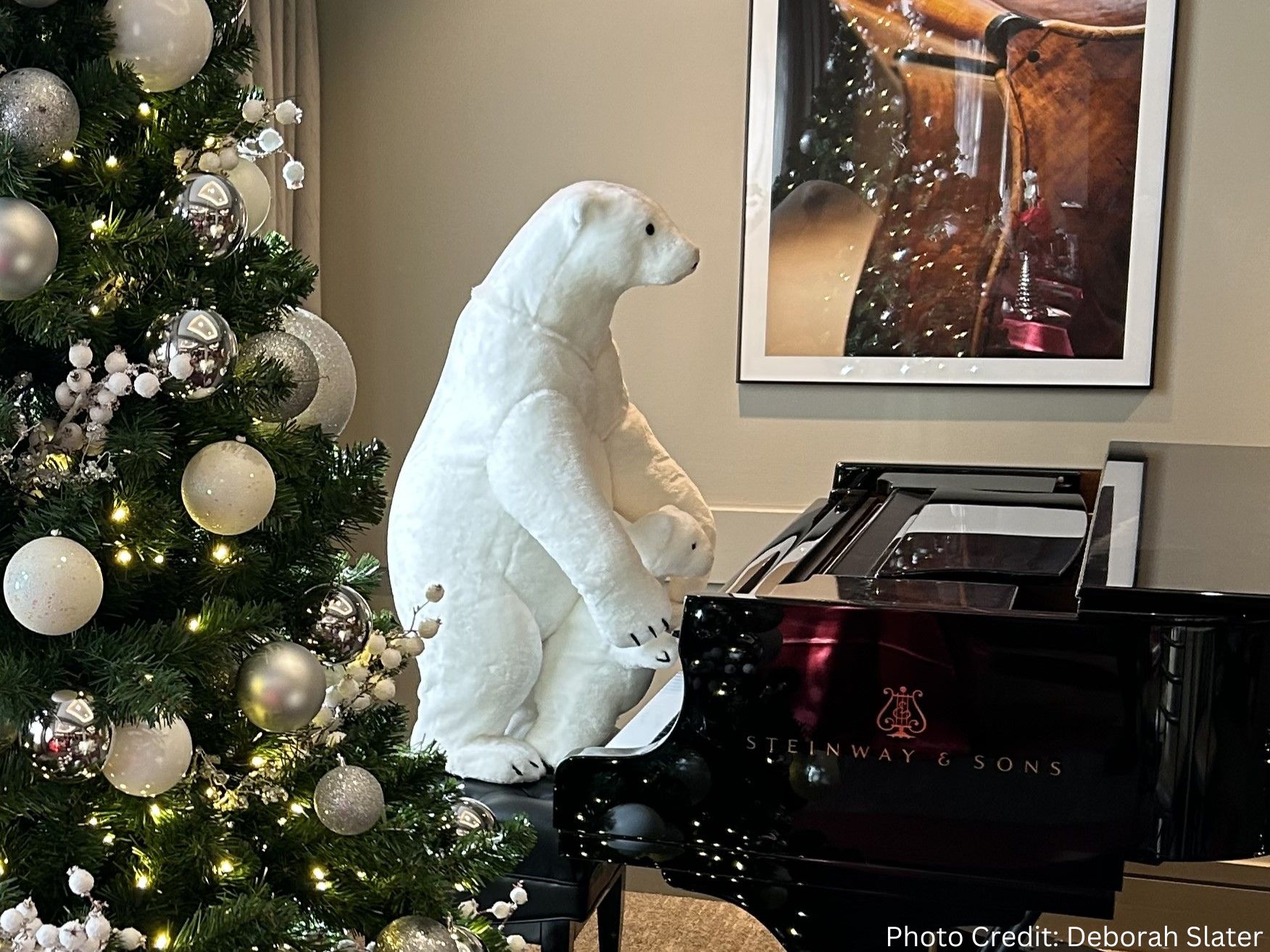-
Welcome to my blog, Levitate! In this opening post, I explain my motivation for starting the blog. Read more
-

Position your nose between your hands. – Roberto Poli One of the nifty new tricks I learnt when I started with my teacher was to lean. Not just any-old-how, but to strategically lean my upper body left or right towards the register that I’m playing in. It puzzles me why it took me decades of… Read more
-

One Hand Washes the Other (Idiom) — Two parties share their unique strengths, each benefitting through mutual exchange.” It comes as no surprise that as pianists, most of us have a dominant hand and a weaker hand. What I find more interesting is that each hand has developed its own unique skill sets and strengths… Read more
-

My summer vacation this year was spent attending the PianoTexas festival. It was an incredible experience: I felt like I’d stepped through a wardrobe into a fantasy world, assisting lions pursued by witches, with adrenaline pumping and riding the emotional highs and lows from the stress of putting myself out there to perform on a… Read more
-

Watch the companion video here! I recently had an epiphanic re-discovery of a practice method, in which the order of phrases or passages in a piece are learned or practiced in reverse. The basic idea of this method is to practice a subsequent passage first, before playing the preceding passage leading into the passage just… Read more
-

The human ear and brain has a fascinating ability to process auditory signals from the physical environment and make meaning out of it. And it can also create music in the mind, detached from any external input and perception, as a purely neurological origin. In his fascinating book, Musicophilia, neurologist Oliver Sacks retells many fascinating… Read more
-

“Practice in rhythms!”“Practice it staccato!”“Practice alternative interpretations!” Three mantras from three different teachers of mine. These are strategies of practicing a musical passage by playing it in a variety of modified rhythmic patterns, articulation and inflections. Not coincidentally, they are all predicated on a common idea, the concept of variability training. The aggregated wisdom of… Read more
-

The beauty of playing the piano is that there are so many different tones and colors that can be coaxed out of the instrument. Depending on how we approach the keys, a passage can sound sparkly or subdued or forlorn or majestic. Different passages call for different hand motions, positions and touch. A sprightly run… Read more

Levitate!
Imagery and focus at the piano | A (self-)exploration of motor skill learning theory for practical music making
Home | Why the Blog | About Me
